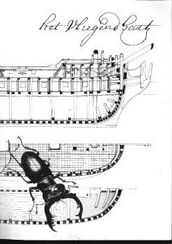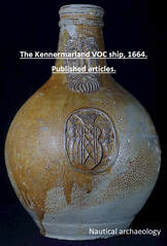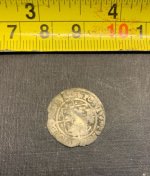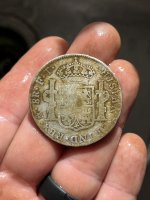creatmosfairy
Jr. Member
- Aug 29, 2008
- 22
- 36
Lloyd´s List sources wrote:
-Nuestra Senora de Guadalupe arrived Cadiz 1752/1753 with his treasure
-St Pedro : the treasure were salavged 1750 and were carried on board of the Allerton, captain Wallace to Cadiz. Arrived Cadiz in March 1751
-Nuestra de Soledad: the treasure was save 1750
-Nuestra de los Godos: having thrown part of her cargo overboard
-Galga: people saved
-Carolina packet boat: only 3 man and 1 boy saved
-a Pink: people saved
Only two ships of the convoy:
-the Nuestra Senora de los Godos have coins on board. Today: Currituck/Norfolk
-the El Salvador(El Henrico) have coins on board. Today: Topsail Inlet
The soucres don´t tell nothing about the treasure on board of the 2 ships
Other sources: James A. Lewis: The spanish convoy of 1750-Heaven´s Hammer and International Diplomacy
-Nuestra Senora de Guadalupe arrived Cadiz 1752/1753 with his treasure
-St Pedro : the treasure were salavged 1750 and were carried on board of the Allerton, captain Wallace to Cadiz. Arrived Cadiz in March 1751
-Nuestra de Soledad: the treasure was save 1750
-Nuestra de los Godos: having thrown part of her cargo overboard
-Galga: people saved
-Carolina packet boat: only 3 man and 1 boy saved
-a Pink: people saved
Only two ships of the convoy:
-the Nuestra Senora de los Godos have coins on board. Today: Currituck/Norfolk
-the El Salvador(El Henrico) have coins on board. Today: Topsail Inlet
The soucres don´t tell nothing about the treasure on board of the 2 ships
Other sources: James A. Lewis: The spanish convoy of 1750-Heaven´s Hammer and International Diplomacy









